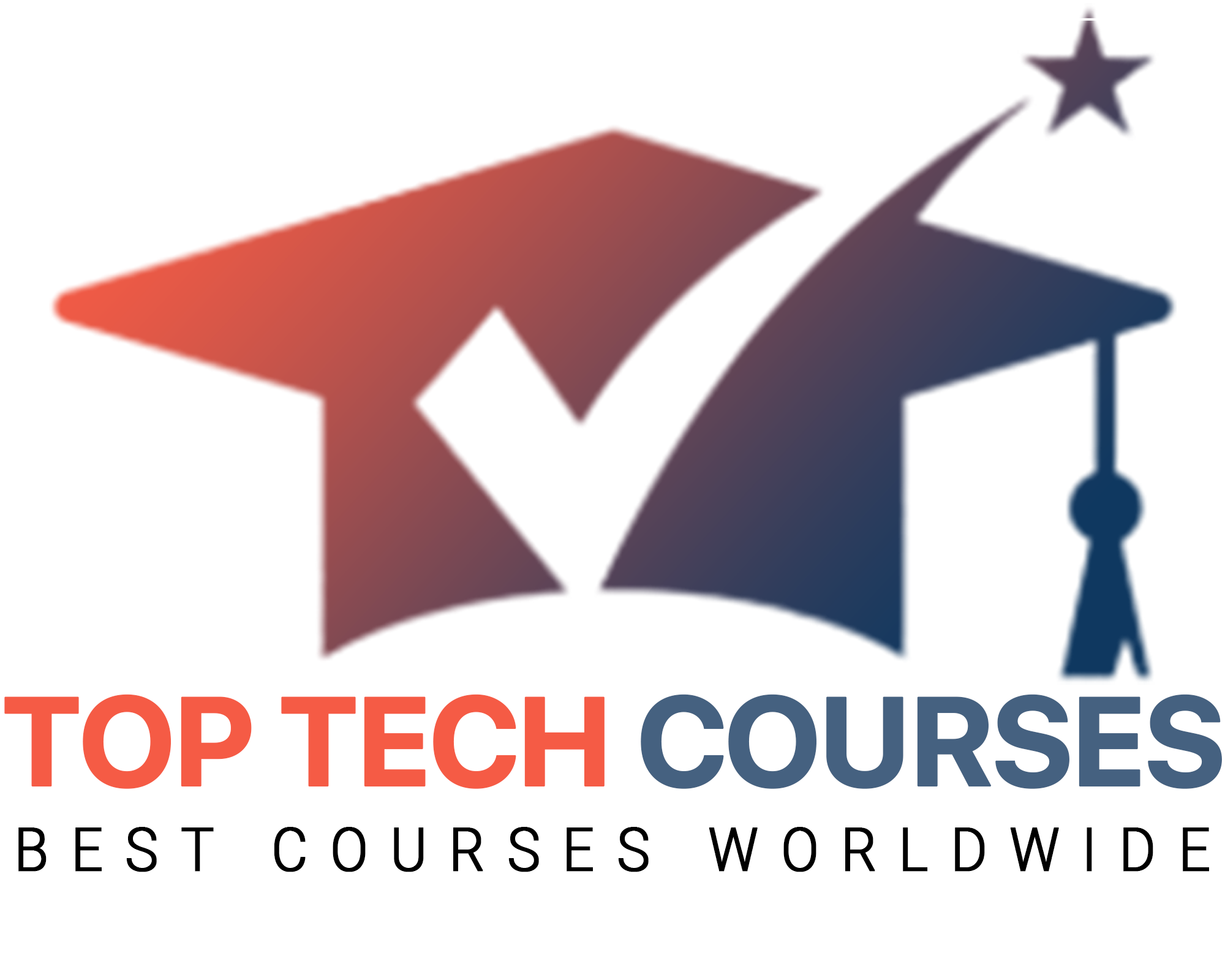
5 Ways to Embrace Flexible Learning and Achieve Continuous Growth
Achieving continuous growth seems to be the elusive quest for many in this era of ever-evolving knowledge. In a world where technology is changing at an unprecedented pace, embracing flexible learning becomes imperative.
No longer can one rely on traditional educational models to keep up with the demands of an ever-shifting job market. It’s time to break free from the confines of rigid learning structures and explore alternative paths.
So, how can one navigate this new landscape? Fear not, for we have curated five ways to embrace flexible learning and achieve continuous growth. From online courses and micro-credentials to peer-to-peer learning and project-based learning, there are countless avenues to explore.
These methods offer individuals the opportunity to customize their learning experiences, delving into specific areas of interest and honing relevant skills. Moreover, embracing flexible learning allows for a dynamic and interconnected learning journey, where one can seamlessly adapt to the demands of an ever-changing landscape.
Whether you are a recent graduate or a seasoned professional looking to stay ahead of the curve, these strategies will unlock the door to a world of endless possibilities. So, let go of outdated notions of education and step into the realm of flexible learning, where continuous growth awaits.
Table of Contents
Introduction: Embracing Flexibility in Learning
Technology has played a significant role in the popularity of online courses. These courses have gained traction by providing flexible learning options, enabling individuals to learn at their own pace and in their preferred location. Moreover, online courses cover a diverse range of subjects, making education more accessible and inclusive.
Blended learning is another approach that combines online and in-person education to offer a more interactive and personalized learning experience. This hybrid model allows students to engage with their peers and instructors physically while also benefiting from the flexibility and convenience of online learning platforms.
Microlearning, on the other hand, focuses on delivering quick and efficient learning through bite-sized lessons. This approach is particularly suitable for individuals with busy schedules who can allocate short pockets of time for learning. By breaking down educational content into smaller chunks, microlearning optimizes knowledge retention and ensures that learners can make the most of their limited time.
Lastly, adaptive learning takes flexibility to the next level by tailoring educational content to individual needs and preferences. This personalized approach ensures that learners receive content that is relevant and engaging to them, increasing motivation and improving learning outcomes. Embracing these flexible learning options allows individuals to continuously grow and develop, aligning their education with their busy lifestyles and personal goals.
Section 1: Online Courses for Anytime, Anywhere Learning
Through platforms like Coursera, learners can access a vast array of courses from prestigious universities and institutions around the world. According to a study conducted by Coursera, online education not only provides learners with the opportunity to acquire new skills and knowledge in a convenient manner but also yields positive outcomes in terms of career advancement and personal growth.
For instance, a survey of 52,000 Coursera learners found that 72% reported career benefits, such as improved job performance or the ability to apply new knowledge and skills in their workplace. Moreover, online courses allow individuals to learn at their own pace, removing the constraints of fixed schedules and geographic limitations. With the click of a button, learners can enroll in a course from the comfort of their homes and start their journey towards continuous growth.
The flexibility offered by online courses extends beyond geographical barriers. Learners have the freedom to choose when, where, and how they want to engage with the course content. Whether it’s early morning or late at night, individuals can access the course materials and lectures at their convenience. This level of flexibility is particularly advantageous for busy professionals and students who juggle multiple commitments. With online courses, they can fit education into their already packed schedules without sacrificing quality or depth of learning.
Moreover, the interactive nature of many online courses allows learners to engage with peers and instructors, fostering a sense of community and collaboration despite physical distances. Through discussion forums, virtual meetings, and project-based assignments, learners can connect with like-minded individuals and gain valuable insights from diverse perspectives. With online courses, the barriers to education are significantly reduced, opening up a world of opportunities for individuals seeking continuous growth and development.
Section 2: Blended Learning: Combining Online and In-person Education
Blended learning combines online platforms with face-to-face interactions for a personalized and engaging learning experience. According to a study by the University of Central Florida, students in blended learning environments outperformed those in traditional classes. This model also offers scheduling flexibility, allowing students to attend in-person sessions that fit their availability. With blended learning, learners can enjoy the convenience of online learning while still benefiting from the support and social interaction of traditional classrooms.
Harvard University is a notable institution that offers blended learning options. They provide online courses with optional in-person components to optimize learning outcomes. This flexibility allows students to access high-quality education from anywhere in the world while interacting with renowned faculty and peers during in-person sessions.
Blended learning accommodates individuals unable to commit to full-time in-person education without compromising education quality. With the increasing demand for flexible learning, blended learning continues to revolutionize education in today’s fast-paced world.
Section 3: Microlearning: Bite-sized Lessons for Efficient Skill Building
Microlearning is a teaching method that provides small, quick, and easy lessons. Coursera offers a variety of microlearning courses on programming, data analysis, and language learning. These courses are perfect for busy individuals with limited time. With microlearning, you can learn anytime, even on your lunch break or during your commute. This method breaks down complex topics into manageable chunks, helping you remember information better and achieve better learning results.
Section 4: Adaptive Learning: Personalized Education for Maximum Effectiveness
Advanced algorithms and artificial intelligence are used in adaptive learning platforms to analyze learner data, such as performance, preferences, and proficiency levels. This analysis helps to create personalized learning paths by adjusting the pace, difficulty, and content of lessons. Therefore, adaptive learning ensures efficient and effective learning experiences.
Coursera, a reputable online learning platform, utilizes adaptive learning techniques to improve its courses. It has partnered with the University of London and other top universities to offer adaptive learning experiences in various subjects, including computer science, business, and psychology. Learners receive personalized recommendations, quizzes, and assessments that adapt to their progress and provide targeted feedback. This allows them to optimize their learning journey and achieve better outcomes. By using adaptive learning, learners can actively engage with the material in ways that suit their individual learning styles and goals. This promotes knowledge retention and long-term success.
articly.ai tagvoicedrop.ai tag
Unlock Your Potential with Top Tech Courses: Learn, Grow, and Excel in the World of Technology and Programming
When it comes to learning in the ever-evolving world of technology and programming, Top Tech Courses is the place to be. With over 10,000 courses available, this online marketplace offers a wide range of options for those looking to acquire technical and practical skills.
Whether you’re interested in web development, data science, artificial intelligence, cybersecurity, or more, Top Tech Courses has got you covered.What sets this platform apart is its flexible learning options.
Students can choose from courses at different levels, allowing them to tailor their learning experience to their specific needs and goals. And with expert instructors leading each course, you can be sure you’re learning from the best in the field.
But it doesn’t stop there. Upon completing a training program, each student receives an industry-recognized certificate of completion.
This not only validates their newly acquired skills but also opens doors for career advancement.So why wait? Embrace the opportunity for continuous growth with Top Tech Courses, and unlock a world of possibilities in the realm of technology and programming.
Frequently Asked Questions
Flexible learning refers to an educational approach that allows learners to have control over the time, place, and/or pace of their learning. It incorporates various methods such as online courses, blended learning, and self-paced learning to suit individual needs and preferences.
To embrace flexible learning, you can start by identifying your learning goals and finding educational programs or courses that offer flexible options. You should also ensure that you have a reliable internet connection and necessary technological devices to access online resources. Additionally, you can create a schedule or plan for your learning activities to stay organized and motivated.
Flexible learning offers several benefits, such as the ability to learn at your own pace, convenience in accessing educational materials from anywhere, and the opportunity to improve time management skills. It also allows you to customize your learning experience based on your preferences and learning style.
While flexible learning has many advantages, there are a few potential disadvantages to consider. For some individuals, the lack of face-to-face interaction with instructors and peers may make it challenging to seek immediate clarification or engage in group discussions. Additionally, self-discipline and motivation are crucial to ensure consistent progress and completion of courses without strict deadlines.
To achieve continuous growth through flexible learning, it’s important to set realistic learning goals and consistently engage in self-reflection to assess your progress. Regularly seeking feedback from instructors or mentors can also help you identify areas for improvement. Additionally, staying curious, expanding your learning network, and exploring new subjects or topics beyond your comfort zone can contribute to continuous growth.
In Short
In a rapidly evolving world, the pursuit of knowledge and personal development should know no boundaries. Enter flexible learning options, the transformative approach that has redefined our expectations and possibilities for continuous growth.
With a myriad of opportunities and approaches available, individuals now have the power to chart their own educational journey, breaking free from traditional constraints and embracing the dynamic nature of learning. Whether it’s online courses, micro-credentials, or adaptive learning platforms, the flexibility offered by these alternatives ensures that education becomes a fluid and deeply personal experience.
Picture a young professional, craving to acquire new skills and expand their horizons, but constrained by time and location. The conventional option would have been to enroll in a rigid, time-bound program, requiring physical presence and full-time commitment.
However, thanks to the advent of flexible learning, our protagonist can now access a vast array of courses and certifications from the comfort of their own home. Online platforms have become virtual classrooms, teeming with captivating lectures, interactive discussions, and engaging learning materials.
The flexibility to study at one’s own pace, fitting education into the often chaotic narrative of modern life, is truly liberating.But flexibility in learning is not limited to distance and time.
It also extends into the realm of content and pedagogy. With micro-credentials gaining popularity, learners can now focus on specific skills or knowledge domains, tailoring their educational experience to their precise needs.
This microcosm of learning opportunities allows individuals to develop expertise in niche areas, whether it’s coding languages, digital marketing strategies, or mindfulness techniques. The dense interconnectedness of our world demands specialists, and flexible learning options rise up to meet this demand, enabling us to carve our own unique paths towards growth.
Adaptive learning platforms add yet another dimension to this mosaic of flexible education. By leveraging cutting-edge technology, these platforms personalize the learning experience, catering to individual strengths, weaknesses, and learning styles.
Through advanced algorithms and continuous assessment, they create a dynamic curriculum that adapts to the learner’s progress, ensuring optimal engagement and growth. The traditional ‘one-size-fits-all’ approach is shattered, giving way to a truly learner-centric model that nurtures brilliance and encourages exploration.
As we embrace flexible learning options for continuous growth, we must also acknowledge the profound societal implications of this new era. Education becomes democratized, accessible to all regardless of their socio-economic background or geographic location.
Skills gaps can be bridged, empowering learners to adapt to changing job markets and seize emerging opportunities. The stifling shackles of rote memorization and standardized testing are loosened, paving the way for critical thinking, creativity, and innovation to flourish.
Through flexible learning, we embark on a journey that transcends the linear confines of traditional education, unfolding endless possibilities for personal and collective development.So let us embrace this revolution in education, where flexibility becomes our compass, and growth our destination.
With the freedom to forge our own educational path, the future is ours for the taking. May we never cease to explore, enrich, and be inspired by the boundless potential of flexible learning options.








